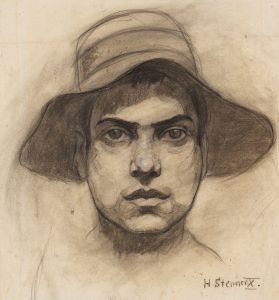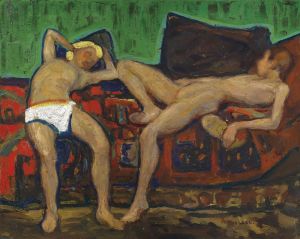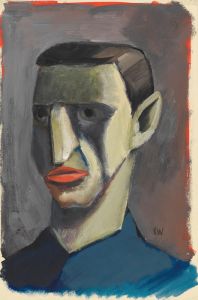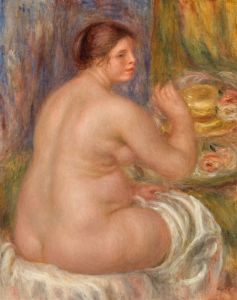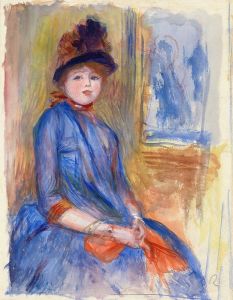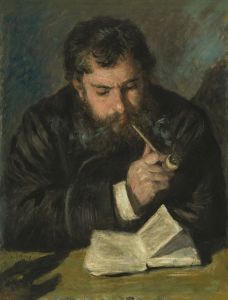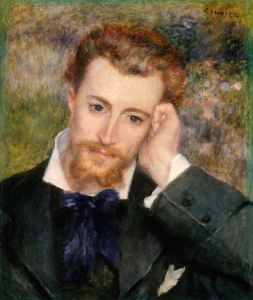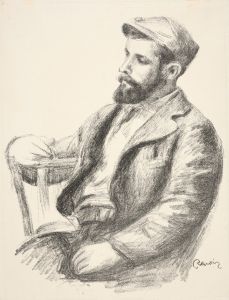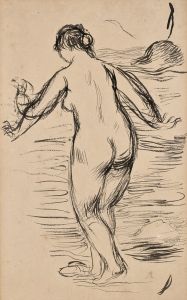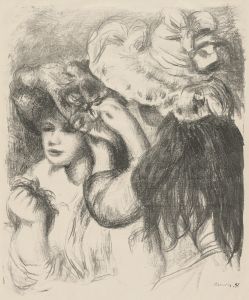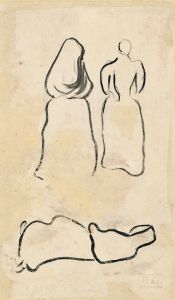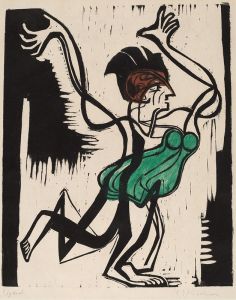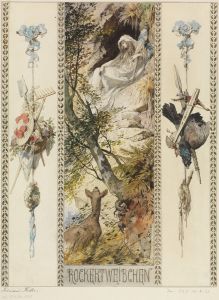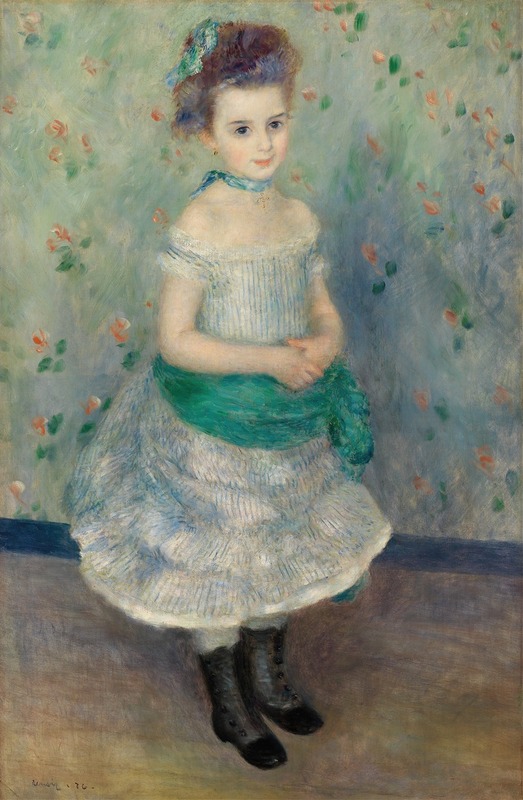
Portrait of Jeanne Durand-Ruel
A hand-painted replica of Pierre-Auguste Renoir’s masterpiece Portrait of Jeanne Durand-Ruel, meticulously crafted by professional artists to capture the true essence of the original. Each piece is created with museum-quality canvas and rare mineral pigments, carefully painted by experienced artists with delicate brushstrokes and rich, layered colors to perfectly recreate the texture of the original artwork. Unlike machine-printed reproductions, this hand-painted version brings the painting to life, infused with the artist’s emotions and skill in every stroke. Whether for personal collection or home decoration, it instantly elevates the artistic atmosphere of any space.
"Portrait of Jeanne Durand-Ruel" is a painting by the renowned French artist Pierre-Auguste Renoir. Created in 1876, this work is a prime example of Renoir's portraiture during the height of the Impressionist movement. The painting depicts Jeanne Durand-Ruel, the daughter of Paul Durand-Ruel, who was one of the most significant art dealers of the 19th century and a pivotal figure in the promotion and success of the Impressionist artists.
Pierre-Auguste Renoir (1841-1919) was a leading painter in the development of the Impressionist style. Known for his vibrant light and saturated color, Renoir's works often focused on people in intimate and candid compositions. His ability to capture the essence of his subjects with a sense of warmth and immediacy made him one of the most beloved artists of his time.
Paul Durand-Ruel (1831-1922) played a crucial role in the careers of many Impressionist painters, including Renoir, Claude Monet, Edgar Degas, and Camille Pissarro. As an art dealer, Durand-Ruel was instrumental in organizing exhibitions and promoting the works of these artists, often purchasing their paintings when they struggled to find buyers. His support helped establish the Impressionists' reputations and ensured their financial stability.
The "Portrait of Jeanne Durand-Ruel" showcases Renoir's skill in capturing the delicate features and personality of his sitter. Jeanne is depicted with a gentle expression, her gaze directed slightly away from the viewer, which adds a sense of introspection and depth to the portrait. The soft, diffused light and the subtle interplay of colors in her clothing and background are characteristic of Renoir's technique, emphasizing the texture and luminosity of the scene.
Renoir's use of light and color in this portrait exemplifies the Impressionist approach to capturing the fleeting effects of light and atmosphere. The brushstrokes are loose and fluid, creating a sense of movement and life within the painting. This technique allows the viewer to experience the immediacy of the moment, as if Jeanne were sitting before them.
The relationship between Renoir and the Durand-Ruel family was mutually beneficial. Renoir gained a reliable patron who believed in his talent, while Durand-Ruel acquired works from one of the most innovative artists of the time. This portrait not only reflects the personal connection between the artist and his subject but also symbolizes the broader relationship between the Impressionist painters and their supporters.
Today, "Portrait of Jeanne Durand-Ruel" is recognized as an important work within Renoir's oeuvre and within the broader context of Impressionist portraiture. It is celebrated for its technical mastery, its emotional depth, and its historical significance in the story of the Impressionist movement. The painting remains a testament to Renoir's ability to capture the beauty and complexity of his subjects, as well as the enduring legacy of the Impressionist artists and their patrons.





